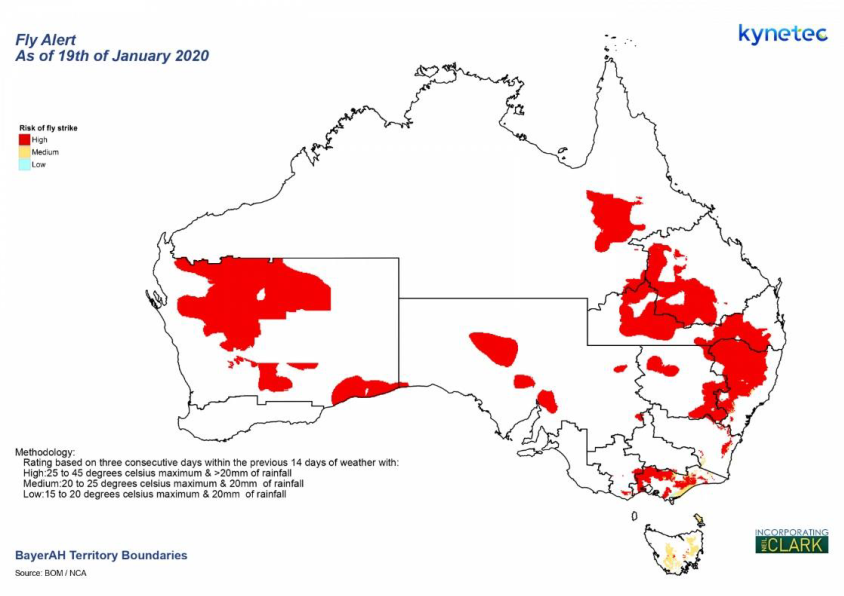
Green “Flush” Grazing Management After a dry spell
One of the biggest challenges after a dry spell is what management action to take as pastures recover. With showers and storms becoming more frequent it is very crucial that plans are in place on how to best let pastures recover and not let cattle slip condition.
After rain the first thing to grow is often undesirable weed species so a good assessment of what species are now present should be undertaken, this is especially important if you have brought feed interstate. Areas where you have feed should be checked regularly to ensure no new invasive species are allowed to become established within your pastures.
The short green feed that shoots up post storm and shower will often be very high in moisture, as well as being fairly short and low in overall herbage dry matter, this will affect the amount and quality the livestock can consume. Until pasture is above 6cm in height (1600kg DM/ha) stock physically can’t obtain enough feed to satisfy their energy requirements whilst grazing. Careful planning about supplementation will still need to be undertaken. Young plants that are actively growing in a “flush” can be deficient in minerals such as calcium and magnesium, so stock should be monitored once transitioned onto the fresh feed, and mineral supplements may be required to ensure no metabolic disorders occur, especially after being on dry feed for such an extended period of time.
Grazing pastures that are below this height will also dramatically affect their ability to recover post grazing, by preventing good root growth. So consideration should be taken on how long you can spell or graze country and what options you have around this management decision?
Animal health will also be important during this transition period. The major concerns with such a change in feed is clostridial diseases, especially pulpy kidney. To ensure you are covered it is essential to have administered the annual booster of 5 in1 or 7 in1 to older stock, and weaners have received their second doses. If paddocks also remain damp there is an increased risk of worm burdens and fluke depending on paddock history, so it may be beneficial to faecal egg count or tactically drench prior to letting stock onto fresh clean pastures.
The higher nitrogen content in green feed also promotes scouring in sheep flocks and the increase of flystrike. See Bayer Animal Health’s map below of current flystrike risk due to recent summer storms.
In summary:
- Ensure pasture is not being overtaken by weeds, especially newly introduced or toxic species.
- Ensure pastures have enough time to recover, ensuring there is enough dry matter there to provide enough feed for the stock as well as allowing good root development for post grazing recovery.
- Monitor animal health whilst transitioning onto fresh feed.
- Ensure clostridial vaccine program is up to date.
The biggest challenge is to have patience for just a little longer and to maintain feeding until pastures recover. When introducing stock, avoid letting them onto pastures hungry and monitor for a few days to ensure there are no metabolic issues or nasty weeds that you didn’t notice.
Article by Marty Conroy-Jaeger, Agronomist/Livestock Production, McGregor Gourlay Warialda. For any questions contact Marty on 0408 974 048.







